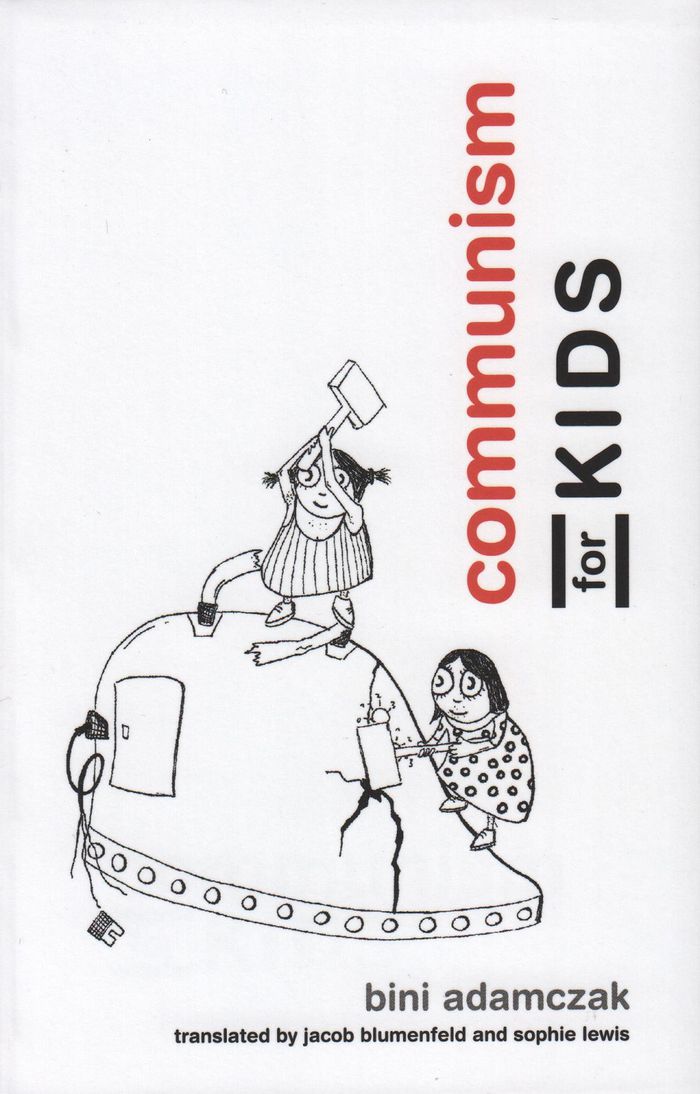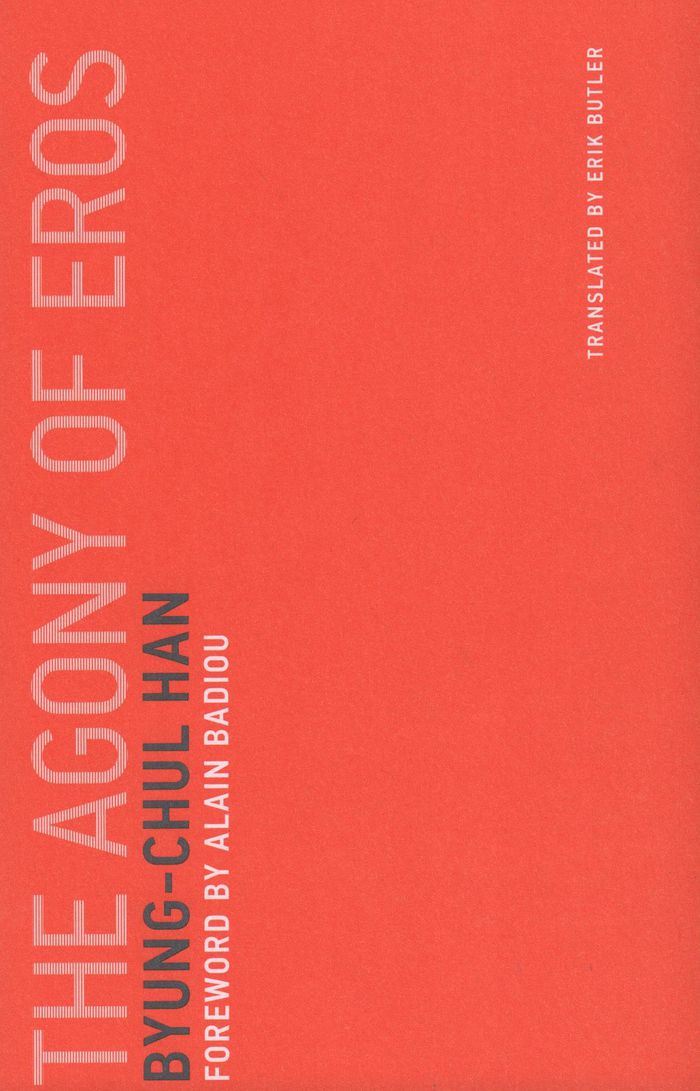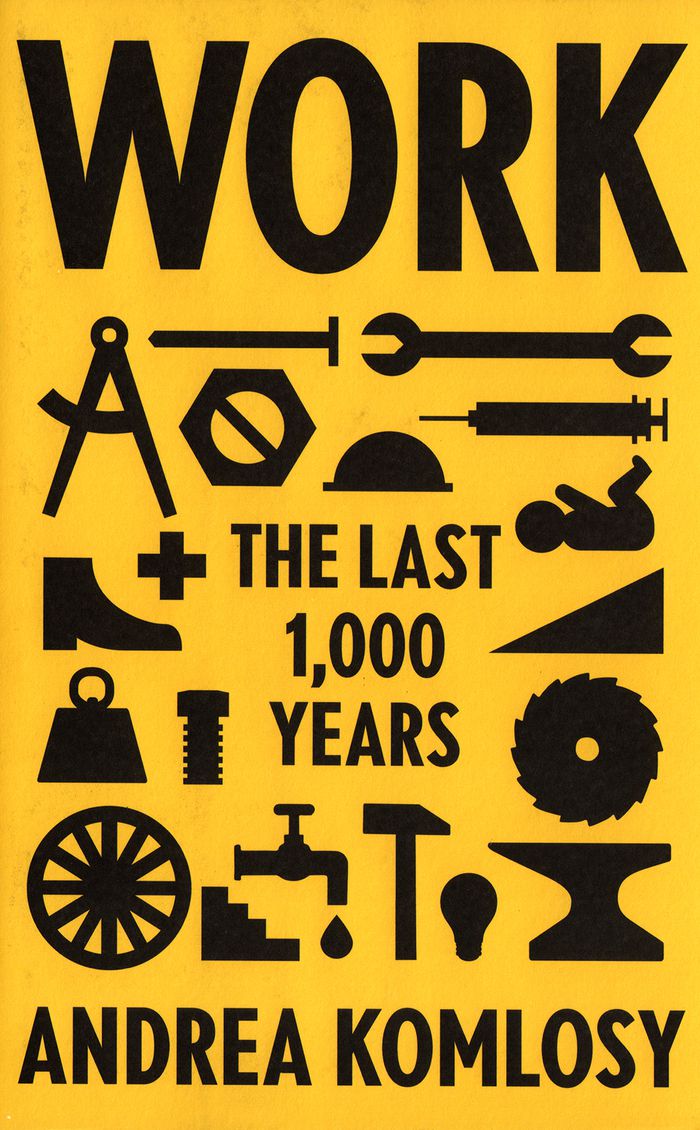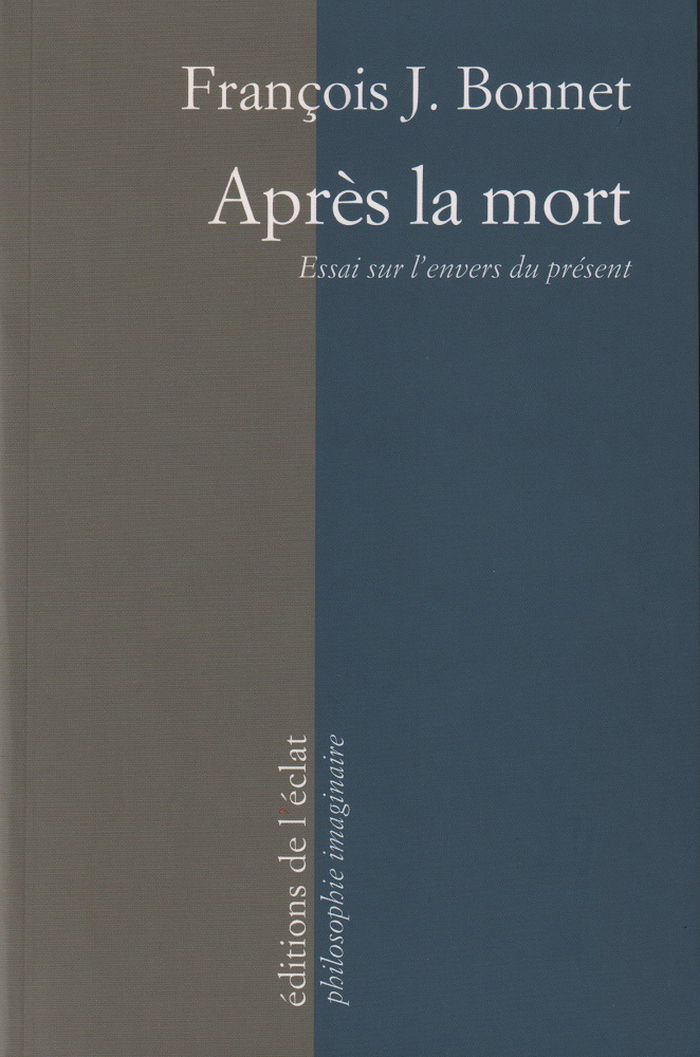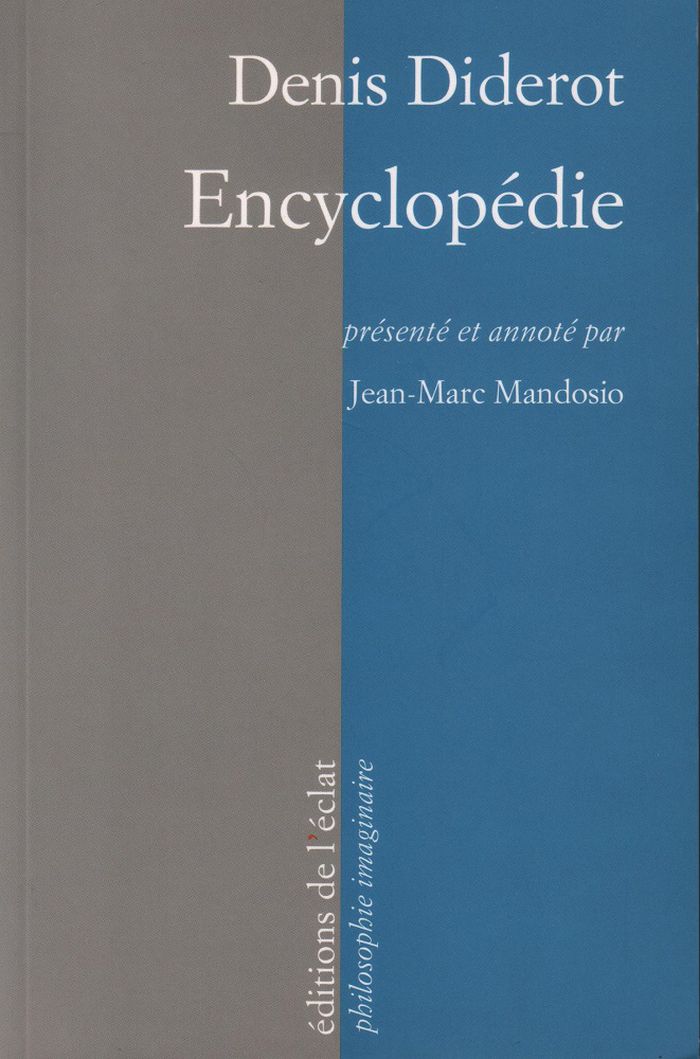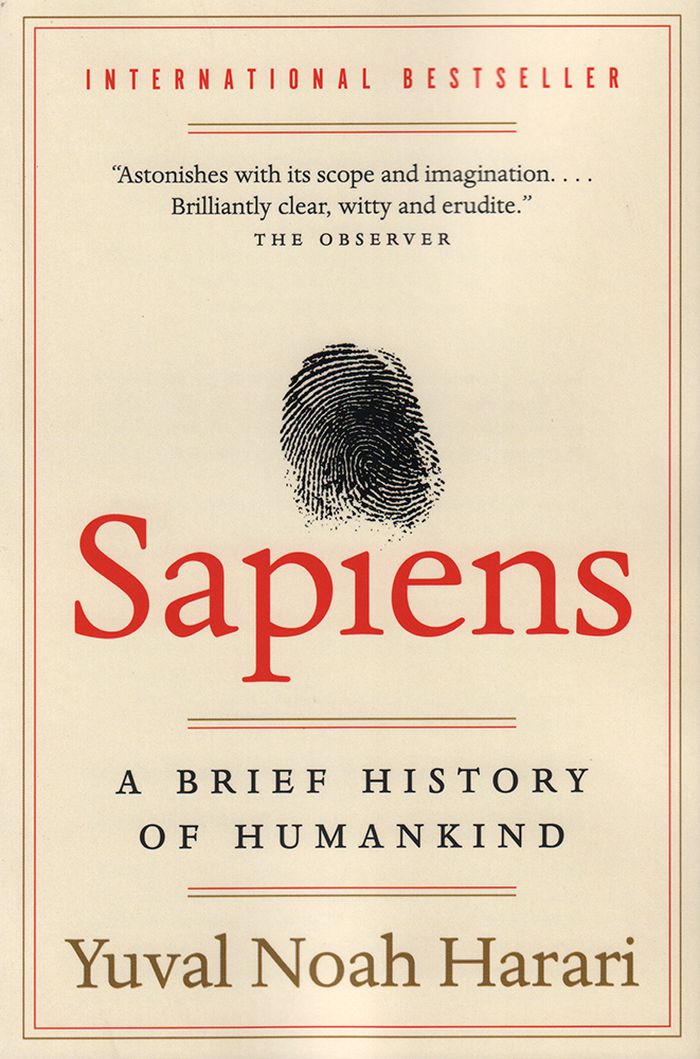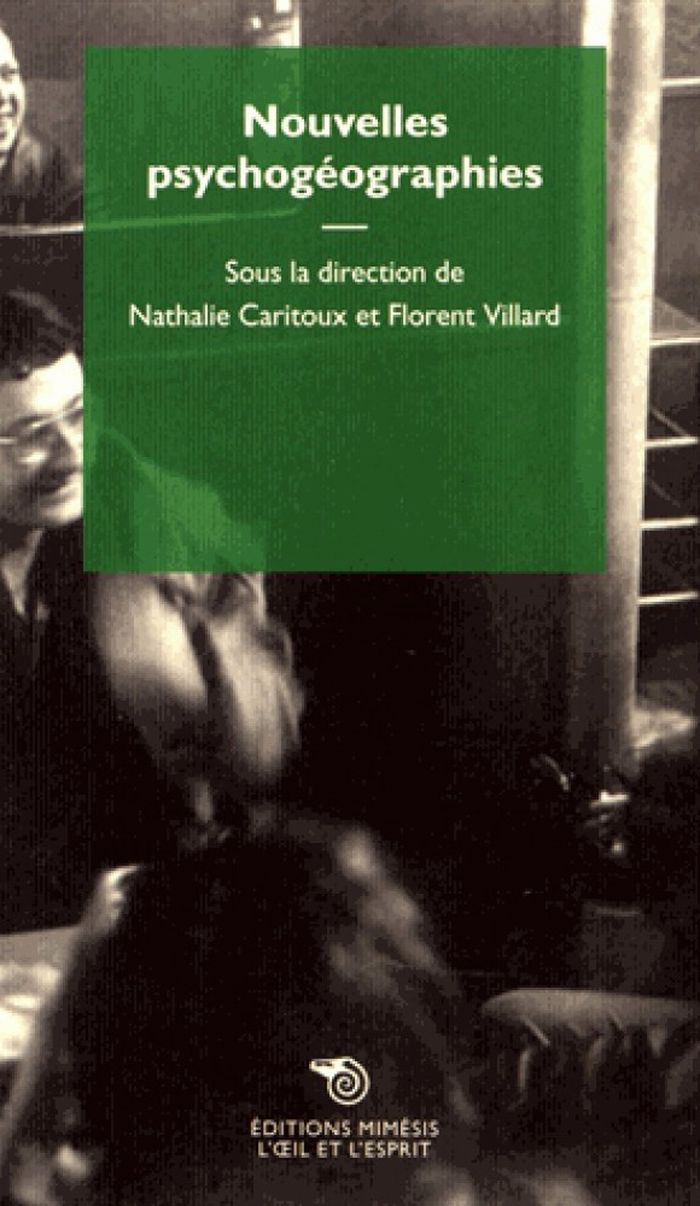Communism for kids
$19.95
(available to order)
Summary:
Once upon a time, people yearned to be free of the misery of capitalism. How could their dreams come true? This little book proposes a different kind of communism, one that is true to its ideals and free from authoritarianism. Offering relief for many who have been numbed by Marxist exegesis and given headaches by the earnest pompousness of socialist politics, it presents(...)
Communism for kids
Actions:
Price:
$19.95
(available to order)
Summary:
Once upon a time, people yearned to be free of the misery of capitalism. How could their dreams come true? This little book proposes a different kind of communism, one that is true to its ideals and free from authoritarianism. Offering relief for many who have been numbed by Marxist exegesis and given headaches by the earnest pompousness of socialist politics, it presents political theory in the simple terms of a children’s story, accompanied by illustrations of lovable little revolutionaries experiencing their political awakening.
Critical Theory
The Agony of Eros
$19.95
(available in store)
Summary:
Byung-Chul Han is one of the most widely read philosophers in Europe today, a member of the new generation of German thinkers that includes Markus Gabriel and Armen Avanessian. In "The agony of Eros", a bestseller in Germany, Han considers the threat to love and desire in today’s society. For Han, love requires the courage to accept self-negation for the sake of(...)
The Agony of Eros
Actions:
Price:
$19.95
(available in store)
Summary:
Byung-Chul Han is one of the most widely read philosophers in Europe today, a member of the new generation of German thinkers that includes Markus Gabriel and Armen Avanessian. In "The agony of Eros", a bestseller in Germany, Han considers the threat to love and desire in today’s society. For Han, love requires the courage to accept self-negation for the sake of discovering the Other. In a world of fetishized individualism and technologically mediated social interaction, it is the Other that is eradicated, not the self. In today’s increasingly narcissistic society, we have come to look for love and desire within the “inferno of the same.” Han offers a survey of the threats to Eros, drawing on a wide range of sources—Lars von Trier’s film Melancholia, Wagner’s Tristan und Isolde, Fifty Shades of Grey, Michel Foucault (providing a scathing critique of Foucault’s valorization of power), Martin Buber, Hegel, Baudrillard, Flaubert, Barthes, Plato, and others. Han considers the “pornographication” of society, and shows how pornography profanes eros; addresses capitalism’s leveling of essential differences; and discusses the politics of eros in today’s “burnout society.” To be dead to love, Han argues, is to be dead to thought itself.
Critical Theory
The terror of evidence
$24.95
(available to order)
Summary:
This is the first book by the prolific German philosopher Marcus Steinweg to be available in English translation. "The terror of evidence" offers meditations, maxims, aphorisms, notes, and comments—191 texts ranging in length from three words to three pages—the deceptive simplicity of which challenges the reader to think. “Thinking means getting lost again and again,”(...)
The terror of evidence
Actions:
Price:
$24.95
(available to order)
Summary:
This is the first book by the prolific German philosopher Marcus Steinweg to be available in English translation. "The terror of evidence" offers meditations, maxims, aphorisms, notes, and comments—191 texts ranging in length from three words to three pages—the deceptive simplicity of which challenges the reader to think. “Thinking means getting lost again and again,” Steinweg observes. Reality is the ever-broken promise of consistency; “the terror of evidence” arises from the inconsistency before our eyes. Thinking is a means of coping with that inconsistency.
Critical Theory
Work: the last 1000 years
$35.99
(available to order)
Summary:
Say the word "work," and most people think of some form of gainful employment. Yet this limited definition has never corresponded to the historical experience of most people—whether in colonies, developing countries, or the industrialized world. That gap between common assumptions and reality grows even more pronounced in the case of women and other groups excluded from(...)
Work: the last 1000 years
Actions:
Price:
$35.99
(available to order)
Summary:
Say the word "work," and most people think of some form of gainful employment. Yet this limited definition has never corresponded to the historical experience of most people—whether in colonies, developing countries, or the industrialized world. That gap between common assumptions and reality grows even more pronounced in the case of women and other groups excluded from the labour market. In this important intervention, Andrea Komlosy demonstrates that popular understandings of work have varied radically in different ages and countries. Looking at labour history around the globe from the 13th to the 21st centuries, Komlosy sheds light on both discursive concepts as well as the concrete coexistence of multiple forms of labour—paid and unpaid, free and unfree. Komlosy’s narrative adopts a distinctly global and feminist approach, revealing the hidden forms of unpaid and hyper-exploited labour which often go ignored, yet are key to the functioning of the capitalist world-system.
Critical Theory
The seeds of time
$42.00
(available to order)
Summary:
Long considered the foremost American Marxist theorist, Fredric Jameson continues his investigation of postmodernism under late capitalism in "The seeds of time". In three parts Jameson presents the problem of Utopia, attempting to diagnose the cultural present and to open a perspective on the future of a world that is all but impossible to predict with any certainty - "a(...)
The seeds of time
Actions:
Price:
$42.00
(available to order)
Summary:
Long considered the foremost American Marxist theorist, Fredric Jameson continues his investigation of postmodernism under late capitalism in "The seeds of time". In three parts Jameson presents the problem of Utopia, attempting to diagnose the cultural present and to open a perspective on the future of a world that is all but impossible to predict with any certainty - "a telling of the future", as Jameson calls it, "with an imperfect deck"
Critical Theory
$14.95
(available to order)
Summary:
A l'anesthésie du vivant qui frappe déjà nos sociétés modernes, vient dorénavant s'ajouter une amnésie sournoise, effet d'une glorification de l'instant présent (digitalisé et immédiatement "posté"), qui nous fait nous demander à partir de quand, désormais, peut-on dire que nous sommes déjà morts, alors que notre corps, décomposé en pixels, recomposé de mémoires(...)
Après la mort : essai sur l'envers du présent
Actions:
Price:
$14.95
(available to order)
Summary:
A l'anesthésie du vivant qui frappe déjà nos sociétés modernes, vient dorénavant s'ajouter une amnésie sournoise, effet d'une glorification de l'instant présent (digitalisé et immédiatement "posté"), qui nous fait nous demander à partir de quand, désormais, peut-on dire que nous sommes déjà morts, alors que notre corps, décomposé en pixels, recomposé de mémoires artificielles, et bientôt même cryogénisé, doit répondre encore aux injonctions exclusives du présent, sans cesse rebooté, reseté, reformaté. L'aurait-on retrouvée, enfin, l'éternité ? Ce leurre, parmi d'autres, profite aux dispositifs de pouvoir qui voient d'un oeil mauvais les débrayages du cours du temps, les écarts et les lenteurs du devenir, les retours en arrière qui sont des avancées, d'une vie en profondeur, dans l'épaisseur du réel. Ce sont pourtant à ces débrayages, à ces écarts, à ces lenteurs qu'appelle Après la mort, portes ouvertes sur la vie.
Critical Theory
Encyclopédie
$22.95
(available in store)
Summary:
L'article "Encyclopédie" est la pièce maîtresse de la "machine de guerre de la pensée nouvelle contre les dogmes et les obscurantismes" que constitue l'Encyclopédie, ou Dictionnaire raisonné des sciences, des arts et des métiers, telle que la conçoit Diderot. Projet au coeur de l'oeuvre, comme la clé d'un tiroir dans le tiroir lui-même, il ouvre la voie à une conception(...)
Encyclopédie
Actions:
Price:
$22.95
(available in store)
Summary:
L'article "Encyclopédie" est la pièce maîtresse de la "machine de guerre de la pensée nouvelle contre les dogmes et les obscurantismes" que constitue l'Encyclopédie, ou Dictionnaire raisonné des sciences, des arts et des métiers, telle que la conçoit Diderot. Projet au coeur de l'oeuvre, comme la clé d'un tiroir dans le tiroir lui-même, il ouvre la voie à une conception collective et relativiste de la connaissance, synonyme dès lors de liberté. Ecrit dans un style d'une extraordinaire vigueur, où "l'impétuosité de l'éloquence" rivalise avec "la rapidité de la pensée", il prend aujourd'hui une dimension nouvelle avec le développement des "communautés de la toile" et des encyclopédies en ligne, que n'aurait peut-être pas désavouées Diderot si elles avaient su associer à l'accumulation des connaissances une pleine conscience des limites de l'accumulation.
Critical Theory
$23.00
(available to order)
Summary:
In Sapiens, Dr. Yuval Noah Harari spans the whole of human history, from the very first humans to walk the earth to the radical - and sometimes devastating - breakthroughs of the Cognitive, Agricultural, and Scientific Revolutions. Drawing on insights from biology, anthropology, palaeontology, and economics, he explores how the currents of history have shaped our human(...)
Sapiens
Actions:
Price:
$23.00
(available to order)
Summary:
In Sapiens, Dr. Yuval Noah Harari spans the whole of human history, from the very first humans to walk the earth to the radical - and sometimes devastating - breakthroughs of the Cognitive, Agricultural, and Scientific Revolutions. Drawing on insights from biology, anthropology, palaeontology, and economics, he explores how the currents of history have shaped our human societies, the animals and plants around us, and even our personalities. Have we become happier as history has unfolded? Can we ever free our behaviour from the heritage of our ancestors? And what, if anything, can we do to influence the course of the centuries to come?
Critical Theory
Nouvelles psychogéographies
$37.95
(available to order)
Summary:
En inventant le terme de psychogéographie, Guy Debord institue une expérience de la ville qui devait aboutir à une « science » des états psychiques en relation avec l'environnement urbain. Le projet initial de la psychogéographie n'a pas résisté à la radicalité politique des situationnistes. Pourtant, en nous affranchissant de la définition précise et restrictive proposée(...)
Nouvelles psychogéographies
Actions:
Price:
$37.95
(available to order)
Summary:
En inventant le terme de psychogéographie, Guy Debord institue une expérience de la ville qui devait aboutir à une « science » des états psychiques en relation avec l'environnement urbain. Le projet initial de la psychogéographie n'a pas résisté à la radicalité politique des situationnistes. Pourtant, en nous affranchissant de la définition précise et restrictive proposée par Debord, il devient possible de considérer que la psychogéographie est à la fois héritière d'une tradition, interlocutrice de ses contemporains et initiatrice d'une postérité. Réunissant des auteurs d'horizons disciplinaires variés (philosophie, géographie, urbanisme, psychanalyse, sinologie), ce volume incite à une réflexion théorique, historique et littéraire sur ce que nous apprend l'expérience de la dérive urbaine aujourd'hui.
Critical Theory
$21.95
(available to order)
Summary:
Drawing on rich historical research, Silvia Federici maps the connections between the previous forms of enclosure that occurred with the birth of capitalism and the destruction of the commons and the "new enclosures" at the heart of the present phase of global capitalist accumulation. Considering the commons from a feminist perspective, this collection centers on women(...)
Re-enchanting the world: feminism and the politics of the commons
Actions:
Price:
$21.95
(available to order)
Summary:
Drawing on rich historical research, Silvia Federici maps the connections between the previous forms of enclosure that occurred with the birth of capitalism and the destruction of the commons and the "new enclosures" at the heart of the present phase of global capitalist accumulation. Considering the commons from a feminist perspective, this collection centers on women and reproductive work as crucial to both our economic survival and the construction of a world free from the hierarchies and divisions capital has planted in the body of the world proletariat. Federici is clear that the commons should not be understood as happy islands in a sea of exploitative relations but rather autonomous spaces from which to challenge the existing capitalist organization of life and labor.
Critical Theory
